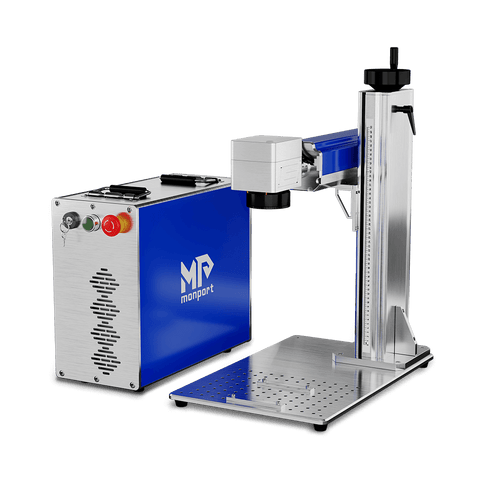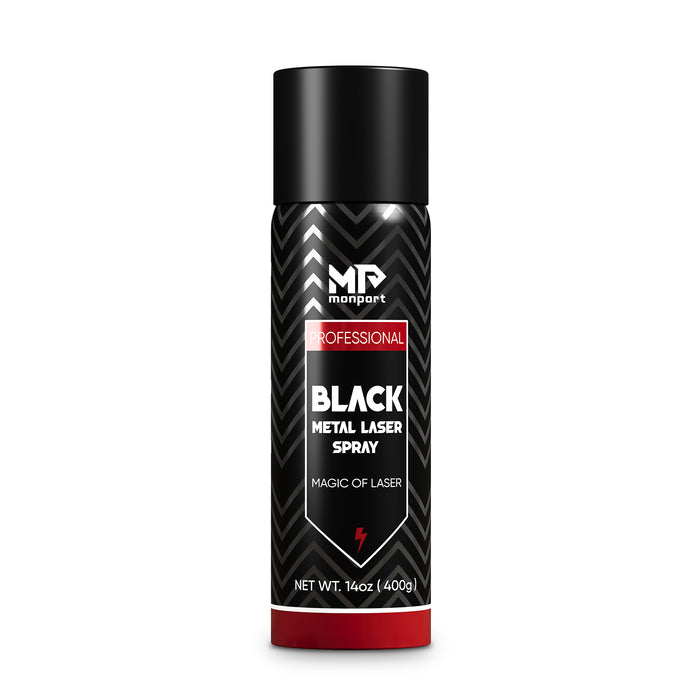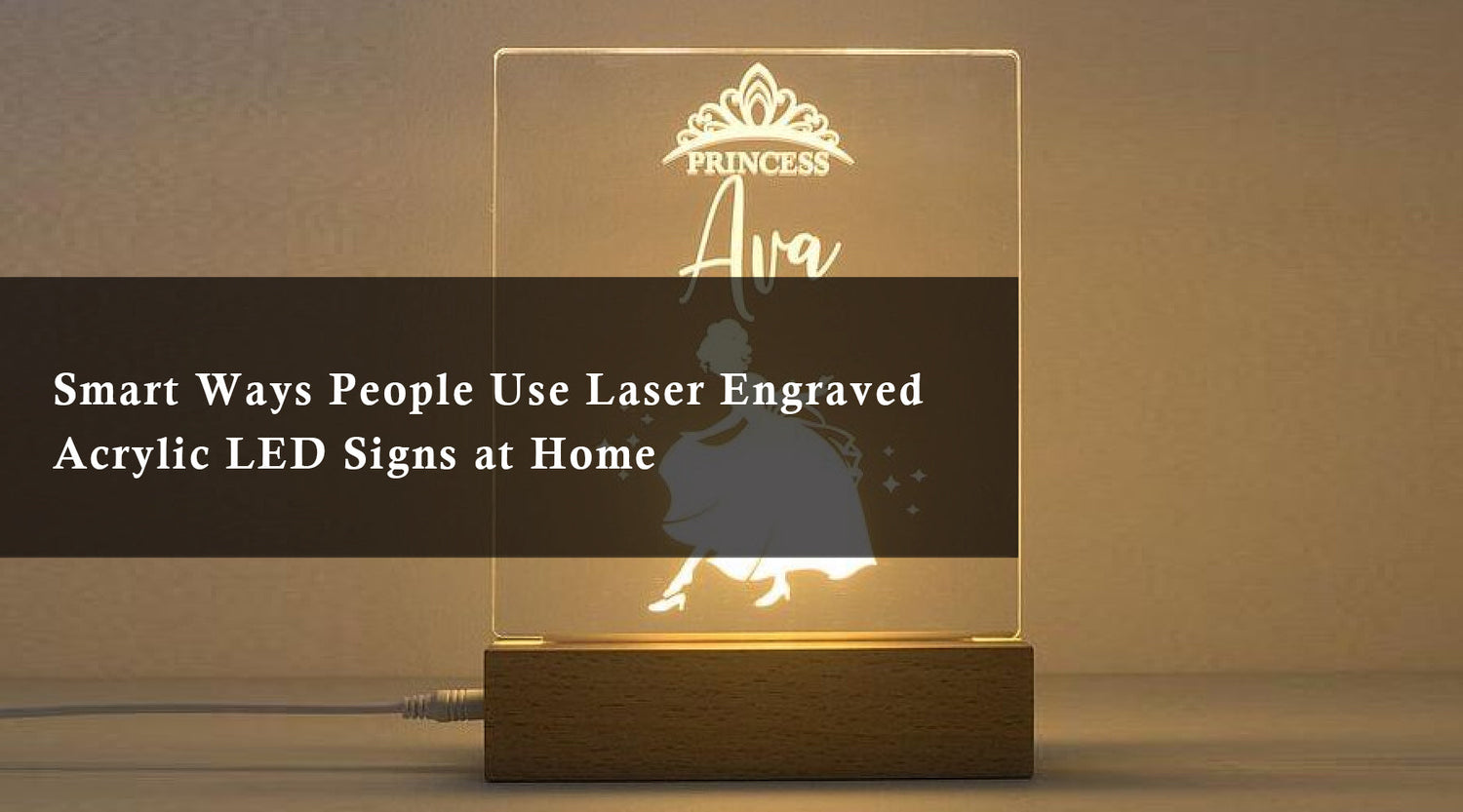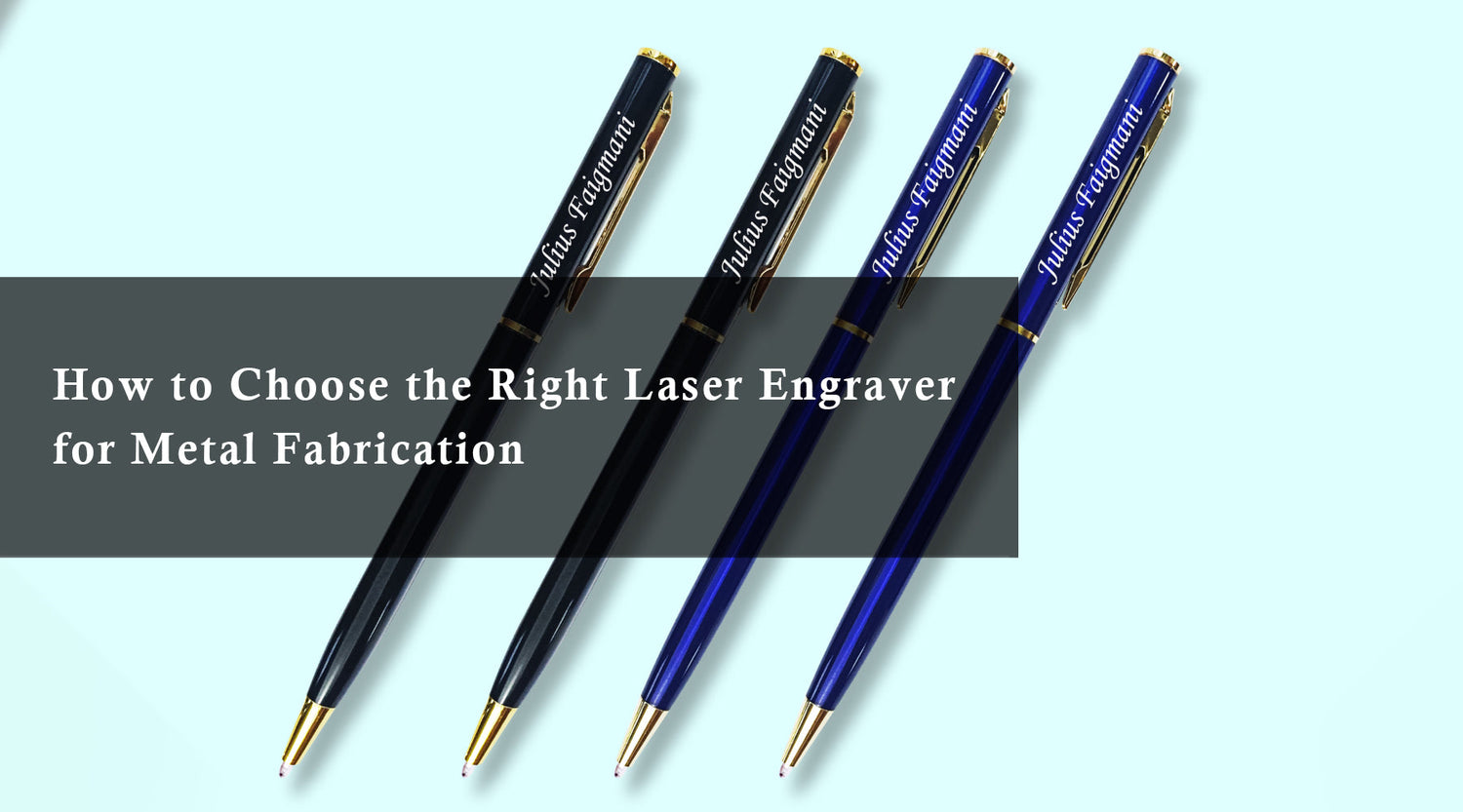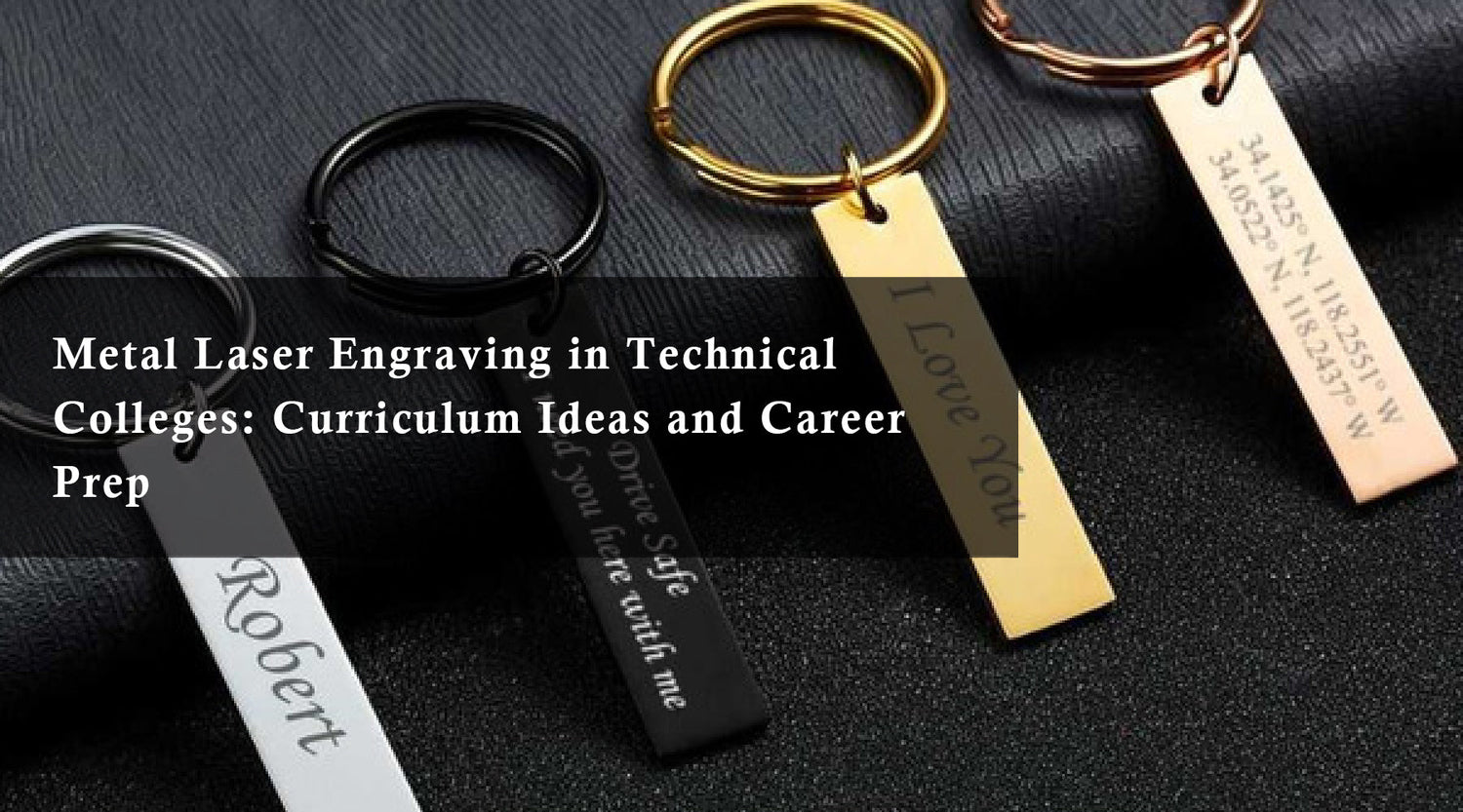Selecting the best fiber laser 2024 metal can be a daunting task. Fiber laser machine cutting machines have revolutionized the field, offering unparalleled precision, speed, and material versatility.But with numerous options available, identifying what is the best laser source for cutting requires careful consideration of factors like budget, material compatibility, and cutting performance. Monport Laser, a trusted partner in laser technology, dives deep into the top contenders in the market, empowering you to make an informed decision.
Monport 20W (4.3" x 4.3") Fiber Laser Engraver & Marking Machine with FDA Approval - 20W Upgrade
Understanding Fiber Laser Technology
Fiber laser machine utilize optical fibers as the gain medium, amplifying light through a controlled process. This technology offers several advantages over traditional cutting methods:

- High Beam Quality: Fiber lasers produce a narrow, focused beam, resulting in clean and precise cuts with minimal heat distortion.
- Energy Efficiency: They convert a significant portion of input power into usable laser light, minimizing energy waste.
- Versatility: Fiber lasers can effectively cut a wide range of materials, including metals, plastics, and even certain composites.
-
Low Maintenance: Fiber lasers boast a solid-state design, requiring minimal maintenance compared to other laser technologies. That’s why many makerspaces are now searching for the best fiber laser 2024 solutions.
What is the best laser source for laser cutting machine?
Makerspaces prioritize factors like budget, desired cutting capabilities, and ease of use. Here's a breakdown of some of the leading fiber laser source manufacturers:

-
IPG Photonics: Renowned for their exceptional beam quality and reliability, IPG sources cater to a wide range of applications. They offer a vast selection of power levels, making them suitable for both thin sheet metal and thicker materials. However, their premium quality comes at a higher price point, which may not be the best fiber laser 2024 choice for those on tight budgets.

-
nLIGHT: Known for their innovative technology, particularly the beam dump feature, which effectively handles highly reflective materials like aluminum. This makes them ideal for makerspaces working with diverse materials. nLIGHT sources fall within a mid-range price bracket.
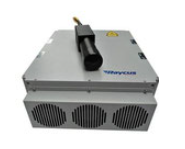
-
Raycus: A popular choice for cost-effective solutions, Raycus offers dependable performance for various cutting tasks. They cater to a broad user base due to their competitive pricing. However, Raycus sources might not be the best choice for highly reflective materials.
Table Comparison: Best fiber laser source for cutting
| Feature | IPG Photonics | nLIGHT | Raycus |
|---|---|---|---|
 |
 |
 |
|
| Price | High | Mid-Range | Low |
| Beam Quality | Excellent | Very Good | Good |
| Power Range | Wide (Low to High) | Wide (Low to High) | Moderate (Low to Mid) |
| Material Compatibility | Excellent | Excellent | Good (Limited with highly reflective materials) |
| Reliability | Exceptional | Very Good | Good |
| Customer Support | Extensive Network | Well-Established Network | Growing Network |
Monport Laser's Choice: Raycus Fiber Laser Sources

At Monport Laser, we understand the importance of balancing functionality with budget in makerspace environments. While we acknowledge the exceptional quality offered by manufacturers like IPG and nLIGHT, we primarily equip our fiber laser machine cutting machines with Raycus fiber laser sources.
Why Raycus? A Compelling Choice for Makerspaces
- Cost-Effectiveness: Raycus sources offer a significant price advantage, making them an attractive option for budget-conscious makerspaces.
- Proven Performance: Raycus boasts reliable performance, ensuring consistent and dependable cutting results for various tasks.
- Suitable for Common Materials: They effectively handle a broad range of materials commonly used in makerspaces, including mild steel, stainless steel, aluminum, and certain plastics.
Monport Laser Advantage

While Raycus sources might not be the absolute pinnacle in terms of beam quality or compatibility with highly reflective materials, Monport Laser meticulously integrates these sources with our machines.
- Optimized Machine Design: Our engineers expertly design our cutting machines to maximize the potential of Raycus sources, ensuring clean cuts and efficient operation.
- Technical Expertise: Our team possesses in-depth knowledge of both Raycus technology and our machines, allowing us to provide exceptional customer support and troubleshooting assistance.
- Complete Solution: By choosing Monport Laser, you not only acquire a cost-effective machine but also gain access to our comprehensive after-sales service and technical support, ensuring a smooth operation for your makerspace.
Choosing the Best Fiber Laser Source for Cutting

- Budget: Determine your budget limitations and choose a source that aligns with your financial constraints.
- Material Compatibility: Identify the primary materials you intend to cut and ensure the chosen source effectively handles them.
- Cutting Thickness: Consider the maximum thickness of material you plan to cut regularly.
- Ease of Use: Evaluate the user interface and control system complexity to ensure it aligns with the skill level of your makerspace members.
- Service and Support: Reliable after-sales service and technical support are crucial for long-term operation and troubleshooting.
Which one is the best cost effective fiber laser source?
- Raycus: Due to its competitive pricing, Raycus offers the most cost-effective solution among the mentioned brands. However, this comes with limitations in beam quality and material compatibility compared to higher-priced options.
Why the kHz are so important?
- kHz stands for kilohertz, signifying the number of pulses a laser source generates per second. A higher kHz rate translates to faster cutting speeds, particularly beneficial for thin sheet metal applications.
Expert Advice
- Consider your primary usage: If you mainly work with thin sheet metal and prioritize speed, a high kHz source like nLIGHT might be ideal, potentially making it the best fiber laser 2024 for your needs.
- Prioritize material versatility: If you plan to cut various materials, including highly reflective ones, IPG or nLIGHT sources offer better compatibility.
- Seek professional guidance: Consult with a laser technology specialist to assess your specific needs and recommend the most suitable source for your makerspace.
Achieve Flawless Results with Monport Black Laser Marking Spray
If you're looking to upgrade your metal engraving projects, the Monport black laser marking spray is the perfect companion. Specially formulated for CO2 laser engraving machines (25W and above), this spray ensures your metal markings are sharp, permanent, and highly visible. Whether you're engraving aluminum, stainless steel, or brass, this spray delivers impressive results every time.
Why Choose Monport Black Laser Marking Spray?
This black laser marking spray is designed for effortless application. Simply clean the metal surface with alcohol, shake the can for two minutes, and spray from 6 to 8 inches away. The ultra-fine mist provides an even coating thanks to its anti-clog nozzle, and it dries within five minutes, helping you maintain a smooth and efficient workflow.
After laser engraving, all you need to do is rinse off the surface to reveal bold, high-contrast black marks. There’s no mess, no residue—just clean, permanent results. The formula is free of alcohol in the package, ensuring safe and clean use.
Key Benefits
-
Permanent and durable markings
The fine-grained formula penetrates deeply into metal surfaces, creating marks that are heat-resistant and long-lasting. -
High compatibility
Works seamlessly with CO2 laser engraving machines, making it ideal for customizing tools, jewelry, glassware, and more. -
Even, precise spray
The nanoparticle formula and anti-clog nozzle provide consistent coverage, even for detailed designs. -
Quick application and cleanup
No waiting, no hassle. Spray, engrave, rinse—and your design is ready to shine.
The black laser marking spray comes in a 14 oz aluminum can, offering plenty of product for multiple projects. Its compact size and strong performance make it a go-to tool for both professionals and DIY creators.
FAQs
What makes fiber laser sources better than traditional cutting methods?
Fiber laser sources provide superior beam quality, faster cutting speeds, and higher energy efficiency compared to traditional cutting methods. They also require less maintenance, handle a wider range of materials, and produce cleaner cuts with minimal heat distortion.
Which fiber laser source is the most cost-effective option for makerspaces?
Raycus is the most cost-effective choice among the leading brands. It offers reliable performance at a lower price, making it ideal for budget-conscious makerspaces, though it has some limitations with highly reflective materials compared to IPG or nLIGHT.
Why is kHz an important factor when choosing a fiber laser source?
kHz, or kilohertz, measures the number of laser pulses per second. A higher kHz enables faster cutting speeds, especially for thin sheet metals. Choosing the right kHz ensures efficiency and precision based on your specific cutting needs.
How do IPG, nLIGHT, and Raycus compare in terms of performance and price?
IPG provides exceptional beam quality and reliability but comes at a high price. nLIGHT offers innovative features like handling reflective materials and falls in the mid-price range. Raycus is the most affordable, delivering dependable results for common materials but with some limitations in versatility.
Why does Monport Laser primarily use Raycus fiber laser sources in its machines?
Monport Laser integrates Raycus sources because they balance affordability and reliable performance. Combined with Monport’s optimized machine design, expert support, and after-sales service, Raycus-powered machines deliver cost-effective solutions without compromising on cutting efficiency for makerspaces.
Conclusion
Selecting the best fiber laser 2024 machine source empowers your makerspace with unparalleled cutting capabilities. By understanding the technology, evaluating leading manufacturers, and carefully considering your specific needs, you can make an informed decision that fuels creativity and innovation within your space.
Contact Monport Laser today to discuss your specific needs and explore how our Raycus fiber laser cutting machines can empower your makerspace with exceptional cutting capabilities at an attractive price point.
Read More: 2024 Buyer's Guide: How to Choose Fiber Laser Cutting Machine
Unlock Big Savings at Monport Laser! Use code BESTMP10 at checkout for an exclusive discount – Click here to shop now!




